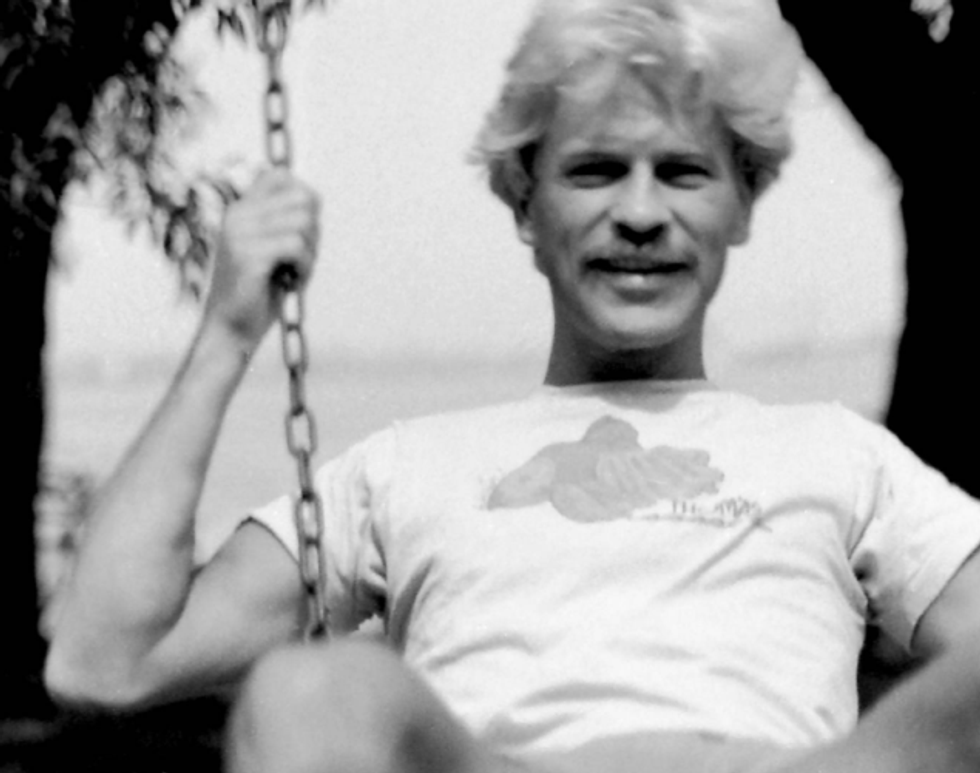Patient zero: "an individual identified by the Centers for Disease Control and Prevention (CDC) as the person who introduced the human immunodeficiency virus (HIV) in the United States" (Medical Dictionary). I was personally introduced to this topic through the podcast called Radiolabs linked above. This topic in particular left me wondering how many patient zeros are there out in the world. With the anti-vaccination parents in full swing, these patient zeros are now popping up more and more. Bringing back diseases that haven't been seen in centuries, along with the more recent outbreak of Ebola. Ebola rocked American lifestyles and put everyone in a complete panic. Yet to fully grasp what patient zero is we need to go back in history to typhoid fever.
Mary Mallon was an in-home cook for many people during the early 1900's. She is known as patient zero for typhoid fever. She is typically referred to as Typhoid Mary. She was working in New York as a cook and during this time there had been many cases reporting a deadly illness being spread. All of these cases had one thing in common, each family had once employed Mary Mallon as their cook. Now almost all bacteria gets cooked out when food is heated, but one of Mary's famous dishes was peach melba, which is ice cream and fresh peaches. One day the health department went to go investigate a dying young girl whose family at the time had Mary employed as their cook. The health department investigator walks in to the home and straight out claims that Mary has an illness that is effecting her clients and that she needs to stop cooking immediately. Mary, angered and confused, chases the man out of the building with a serving fork in her hand.
You might be wondering why she was so angry about these accusations. Well it turns out that Mary was the first documented case of being a healthy carrier of typhoid disease. Which means she never showed any symptoms and basically had no idea she was even sick. After many attempts by the health department to get Mary to give her blood, feces, and urine samples for testing, the department eventually decides to call the police. Mary then realizes how serious the situation was and completely disappears. The police search the residence until they find her hiding, it takes lots of effort to get her into the car. They finally get her to the hospital for testing and find that she is a carrier of typhoid fever. The health department isolated her onto an island looking across from Brooklyn, New York. She sat on the island for three years, isolated from the outside world. She fought for all those years to be free by sending in her own feces samples to try and prove that she wasn't infected. It wasn't until a new health director came on board and thought that it wasn't right to keep her isolated like that. He believe that she is not harmful to anyone as long she doesn't cook.
So just like that she was free, the health department kept track of her for awhile until they just stop. Five years go by and then there is an outbreak in a hospital, of course the health department goes to investigate and the first person they see in the hospital is Mary being a cook. She had violated her parole and was sent back to the island, an interesting fact was there were other cases of carriers during this time who were also cooks. Yet Mary was still the only one who they isolated. It is believed that this happened because isolating Mary wasn't about getting rid of the disease but more having people feel safe. She spent the next 6 years on the island, where she ended up dying.
Gaetan Dugas a French Canadian flight attendant who was known as patient zero for years. Scientist during the 70's and 80's believed that H.I.V. was brought over from Haiti but wasn't wide spread until Dugas spread across oceans. It is believed that the letter "O" which was written in the Dugas's file was confused with "0" thus leading doctors to believe that he was patient zero. Which ended up not being true at all, Dugas was called "patient O" to mean the outside of California case. It wasn't until a San Francisco report a book highlighting Dugas story where the letter O and the number 0 got mixed up.
It wasn't until 1999 that researchers discovered a virus similar to H.I.V. that is found in monkeys and apes, This virus was named S.I.V. which stands for Simian Immunodeficiency Virus. So yes, chimps are the real patient zero and around the 1920's was transmitted to humans through blood to blood contact. Humans and monkey's having such similar body structures and systems made it easy for this virus to become H.I.V.
Being dubed patient zero can be a powerful thing, for Mary Mallon that meant isolation. For Dugas he died not only of a horrible disease, but also full of shame from the public eye. Doctors these days shy away from patient zero since it can be so difficult to accurately pinpoint. Mary's story is one of possible illegal entrapment due to an illness that other people were carriers of at that time. Patient zero or patient one thousand, disease has affected all of our lives in a negative way.
Until next week, stay curious.























